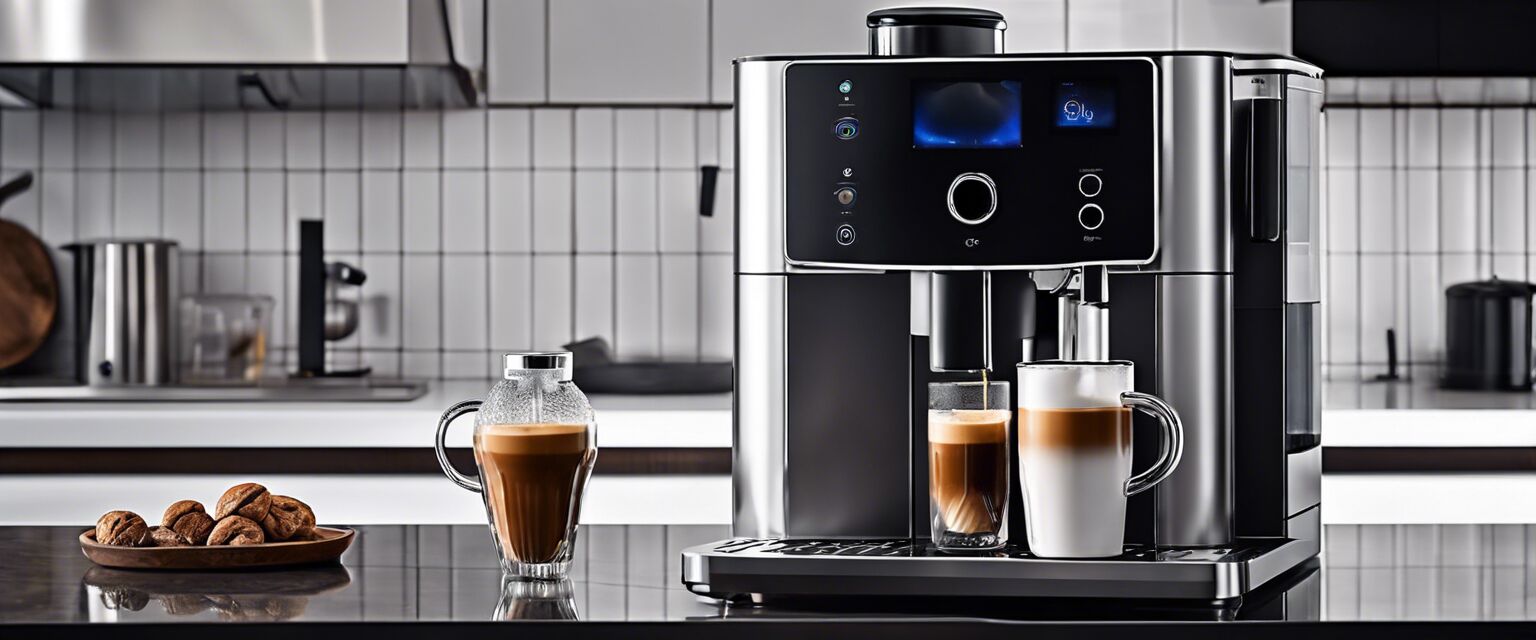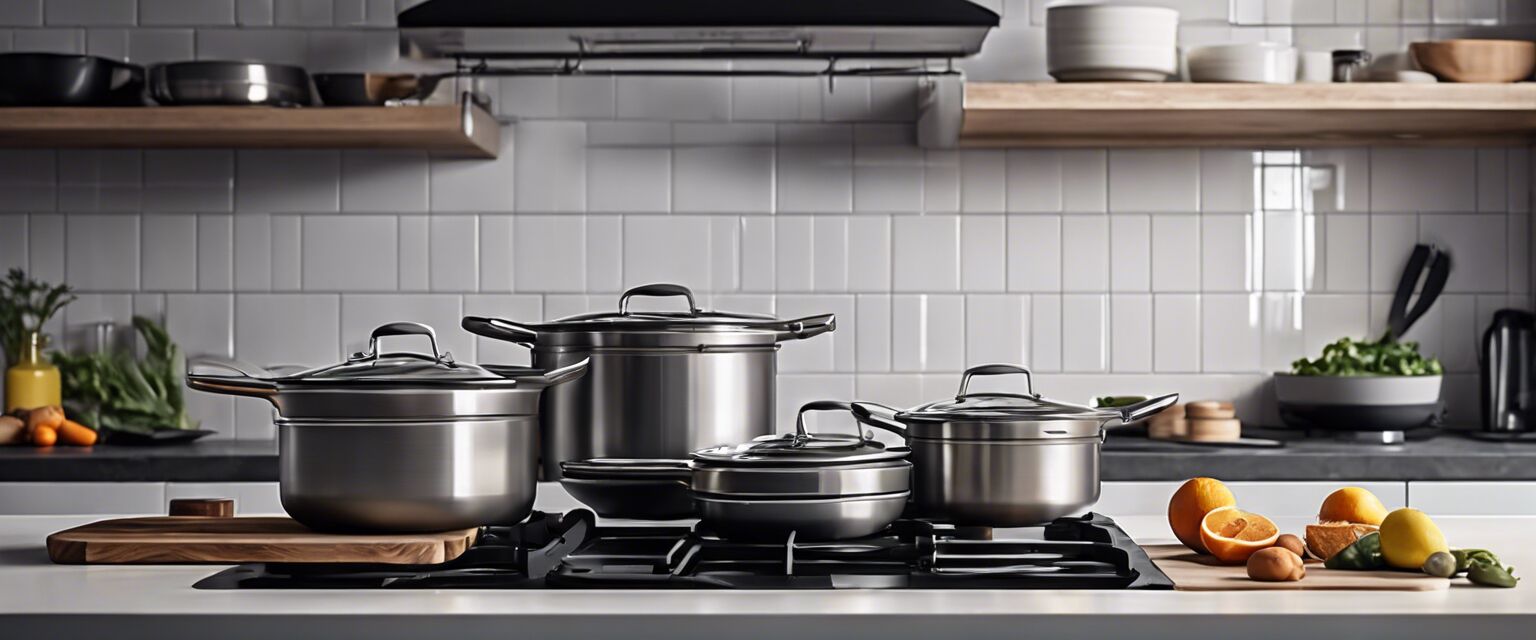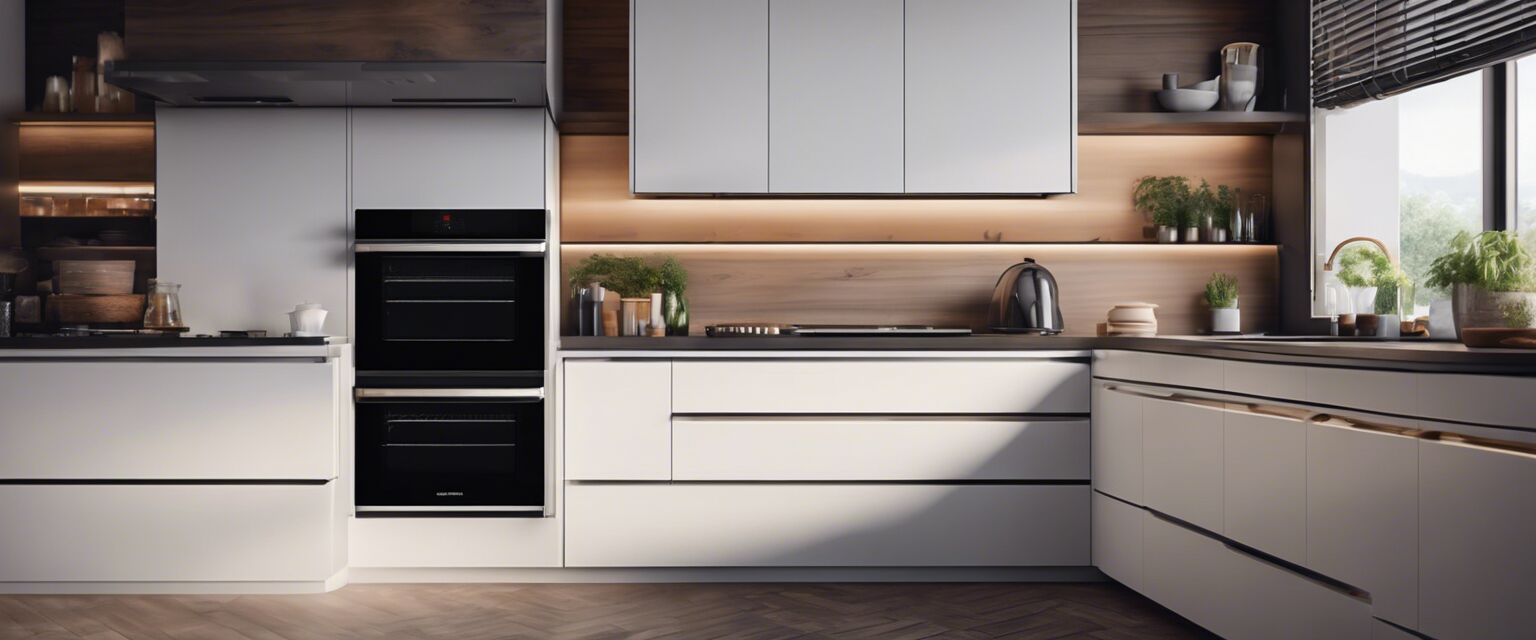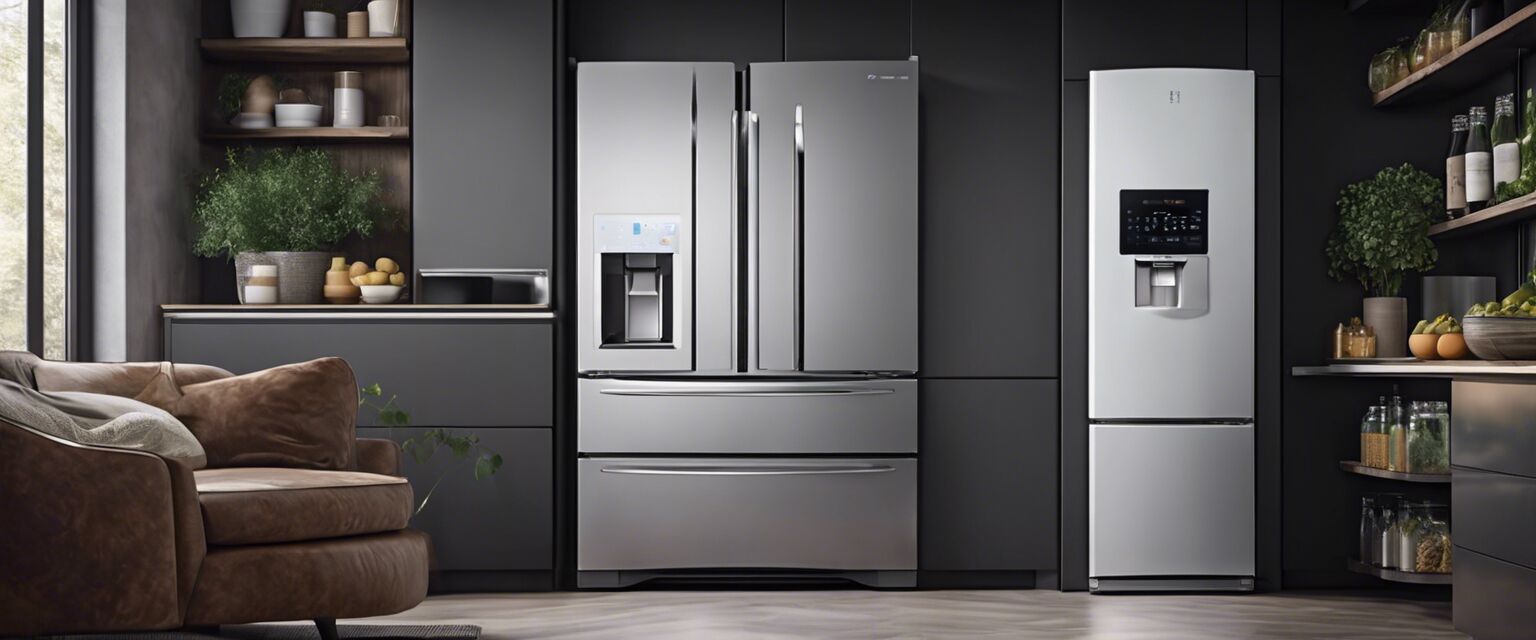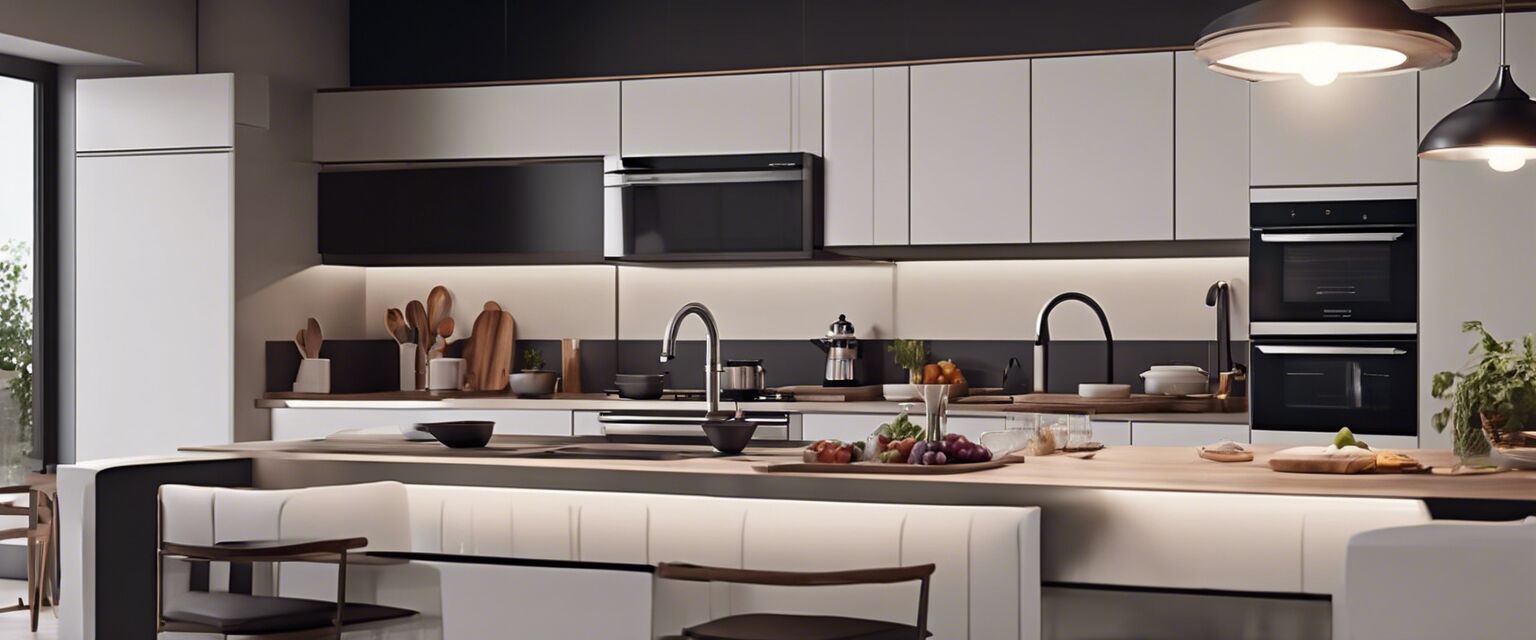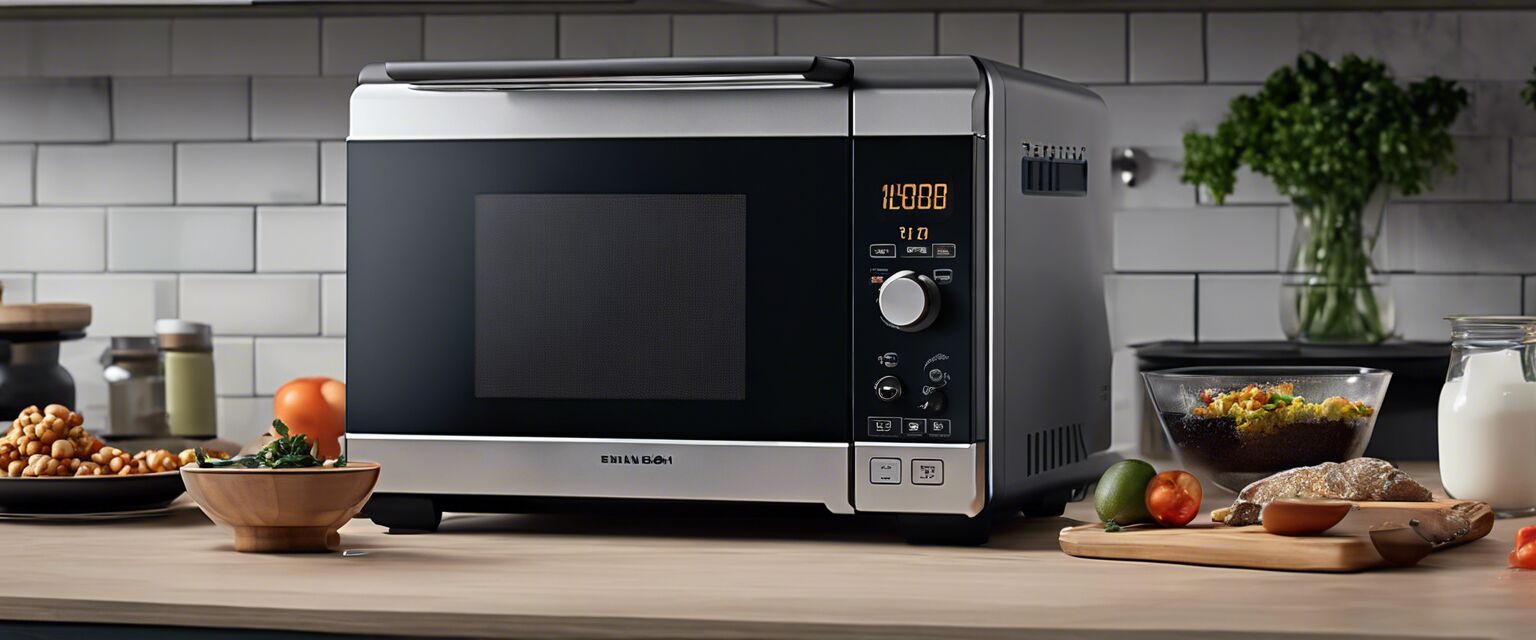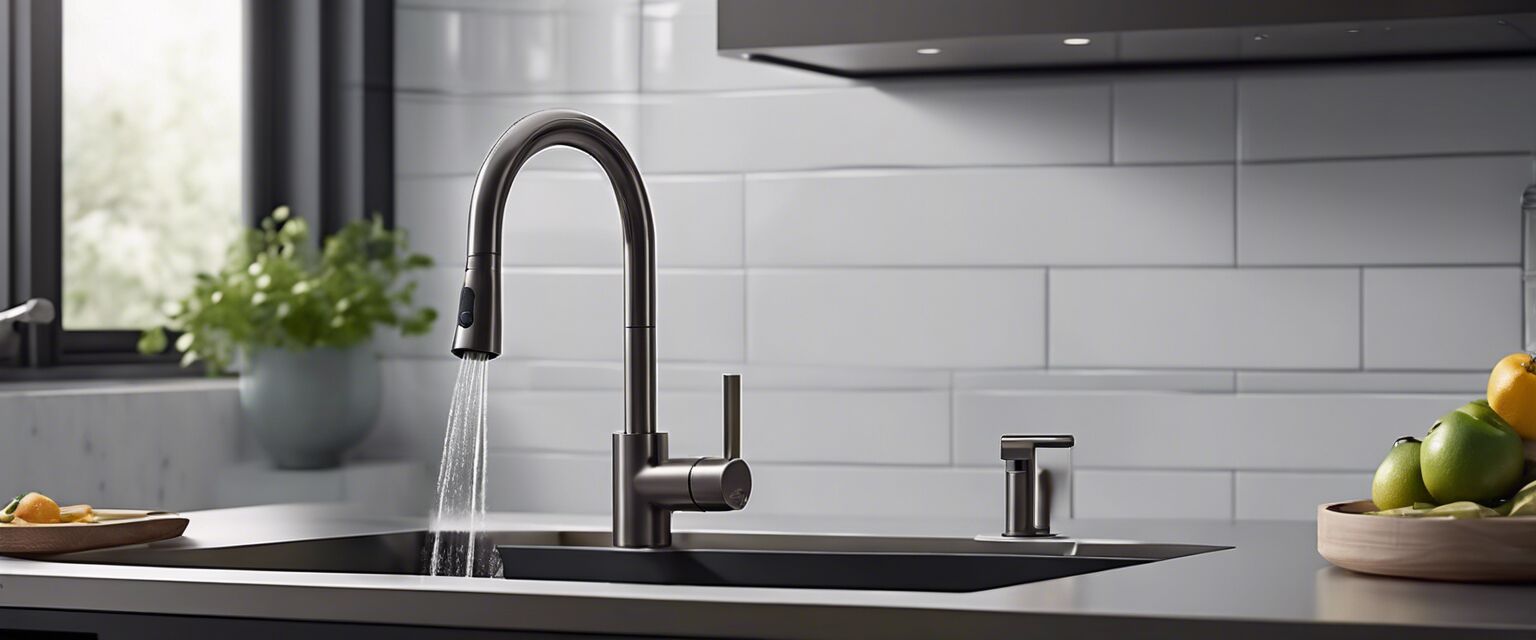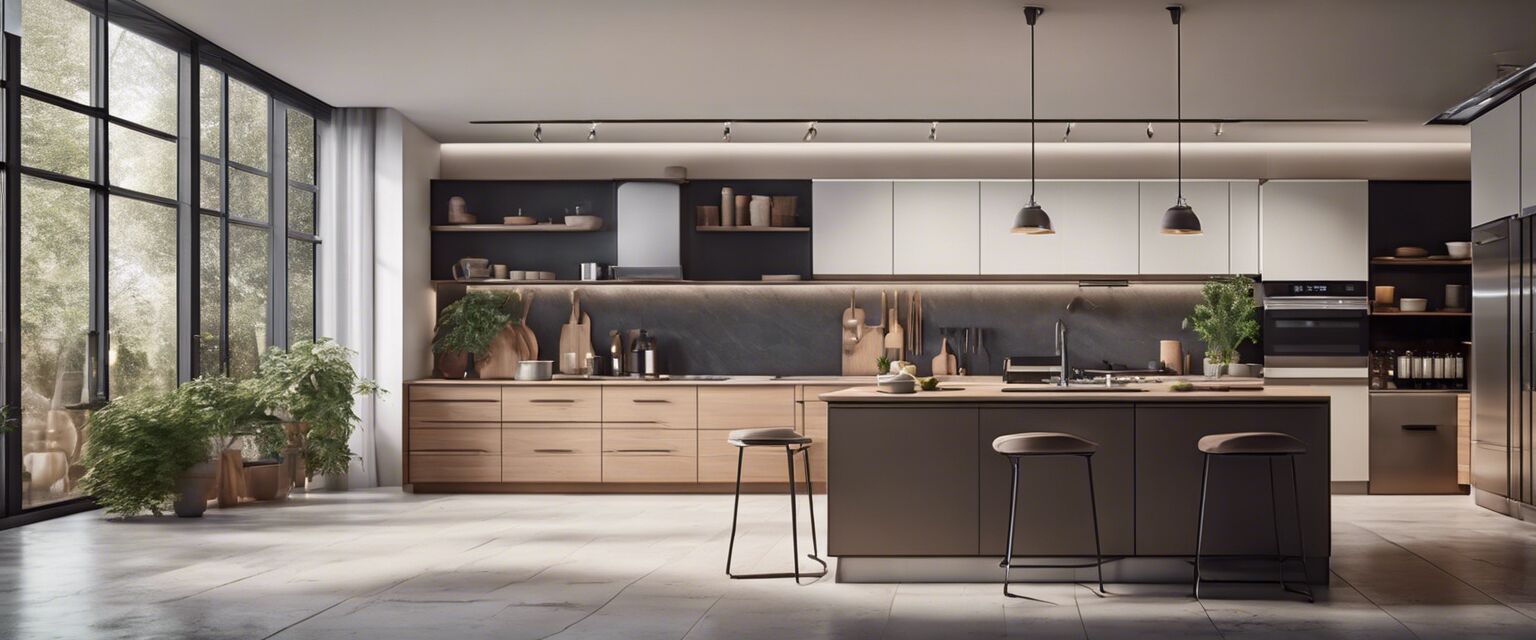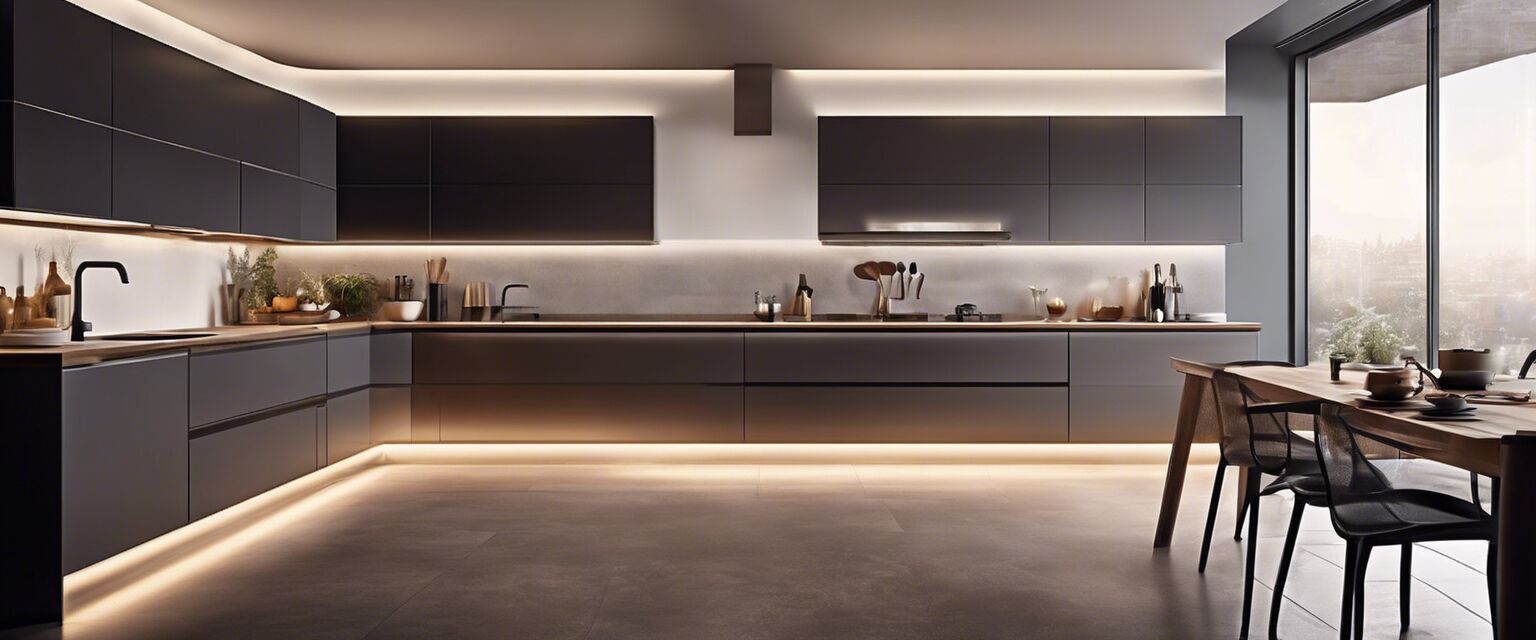
Smart lighting for kitchens
Key Takeaways
- Smart lighting enhances ambiance and functionality in your kitchen.
- Modern solutions include app-controlled and voice-activated options.
- Energy efficiency can lead to significant cost savings.
- Integration with smart home systems offers greater control.
Lighting is an essential aspect of any kitchen, and with advancements in technology, smart lighting systems are reshaping how we illuminate our cooking spaces. With features ranging from app control to voice activation, these systems offer unparalleled flexibility and customization. Here's everything you need to know about smart lighting for kitchens!
Why choose smart lighting?
Smart lighting provides numerous benefits compared to traditional lighting solutions. Here are some key reasons to consider:
- Convenience: Control your lights using your smartphone or voice assistant.
- Energy Savings: Reduce electricity usage with programmable options.
- Customization: Choose from thousands of colors to set the mood.
Types of smart lighting solutions
There are various smart lighting options available for kitchens. Let's break them down:
| Type | Description | Price Range |
|---|---|---|
| Smart Bulbs | Standard bulbs that can be controlled via apps or voice. | $10 - $50 |
| Smart Light Strips | Flexible strips that can be placed under cabinets or around the kitchen. | $15 - $70 |
| Smart Fixtures | Pre-installed smart lighting systems that offer built-in technology. | $60 - $200 |
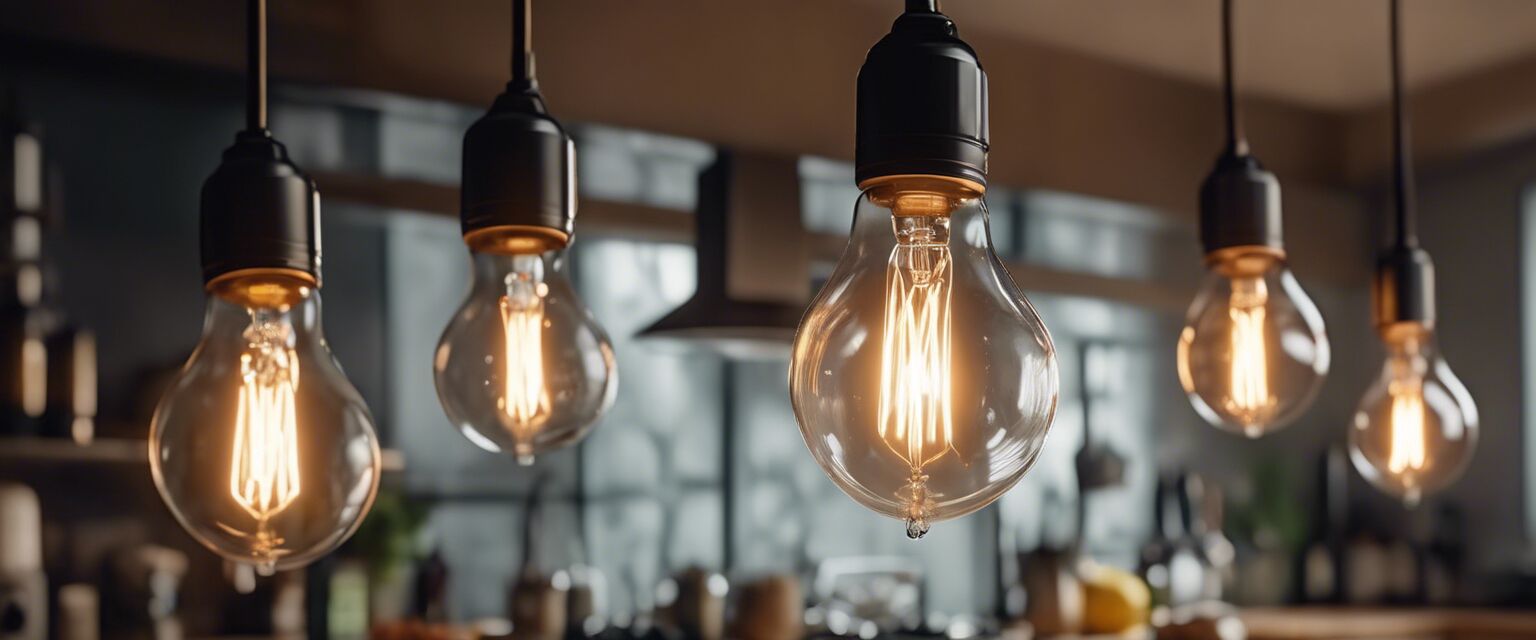
Popular features of smart lighting
Smart lighting systems have a range of features that enhance their usability:
- Voice activation through compatibility with platforms like Amazon Alexa or Google Assistant.
- Remote access via mobile applications, allowing you to turn your lights on/off from anywhere.
- Scheduling options to automatically adjust brightness at different times of the day.
How to choose the right smart lighting for your kitchen
When selecting smart lighting for your kitchen, consider the following factors:
1. Compatibility with your existing system
Check if your potential smart lights are compatible with your current smart home system. This will ensure easy integration and enhanced functionality.
2. Brightness and color temperature
Different tasks in the kitchen require different light intensities. Choose bulbs that offer adjustable brightness and color temperatures to suit various activities, from cooking to dining.
3. Design and aesthetics
Your kitchen lighting should complement the overall design of your kitchen. Select fixtures or bulbs that match your style, whether it's modern, rustic, or traditional.
Tips for beginners
- Start with smart bulbs; they are the easiest to install and use.
- Experiment with different colors and brightness levels to find what works best for your kitchen.
- Use light strips for additional accent lighting for shelves or under cabinets.
Integrating smart lighting with your kitchen
To maximize utility, integrate your smart lighting with other smart kitchen appliances.
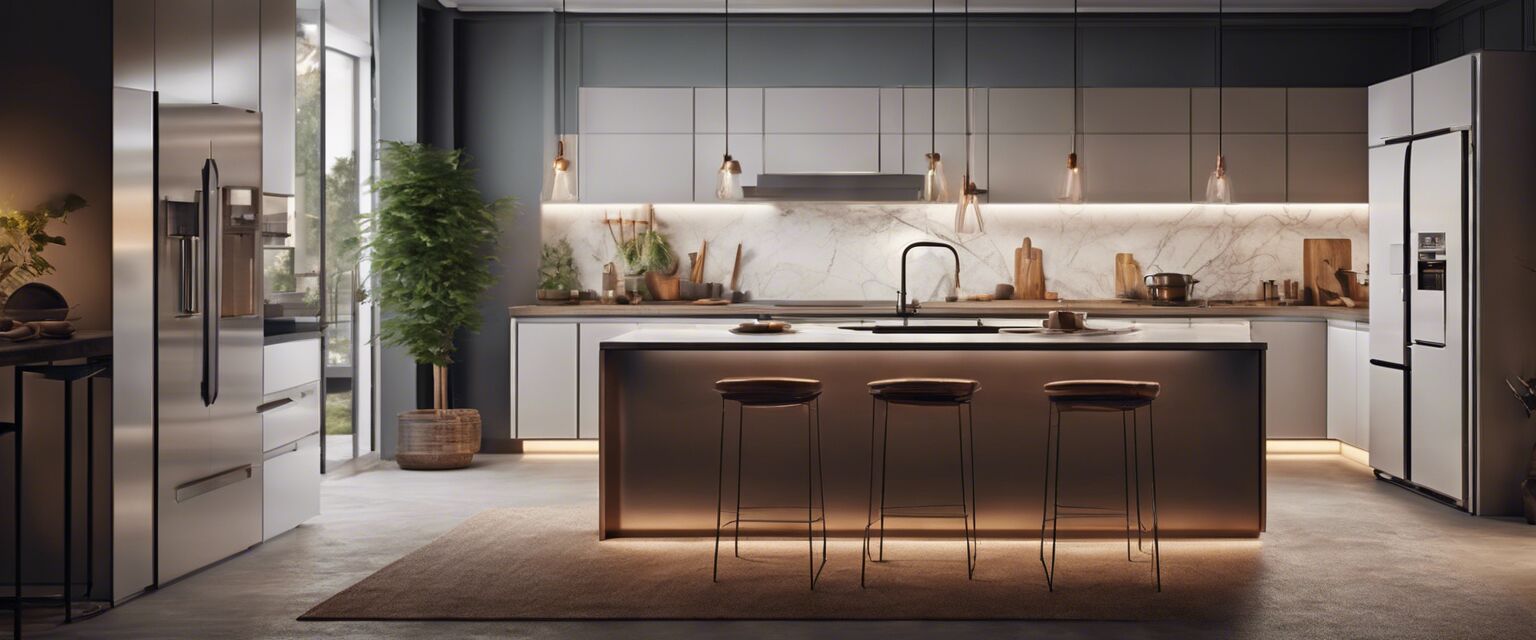
Maintaining your smart lighting system
Keeping your smart lighting in good condition is crucial for longevity:
- Regularly check for software updates to ensure optimal performance.
- Clean fixtures and bulbs periodically to maintain brightness.
- Replace any burnt-out bulbs promptly to avoid disruptions.
Conclusion
Smart lighting transforms your kitchen experience, providing benefits in convenience, energy savings, and customization. By selecting the right type of smart lighting and integrating it thoughtfully into your kitchen, you can create a functional and visually appealing space.
Pros
- Enhanced control over your kitchen lighting.
- Energy-efficient and cost-saving options.
- Wide variety of design choices.
- Easy setup and integration with smart home systems.
Cons
- Initial setup cost can be higher than traditional lighting.
- Compatibility issues with older systems.
- Dependence on Wi-Fi for full functionality.
Explore more about smart kitchen technologies
If you want to explore more options for enhancing your kitchen with technology, check out our other resources:
